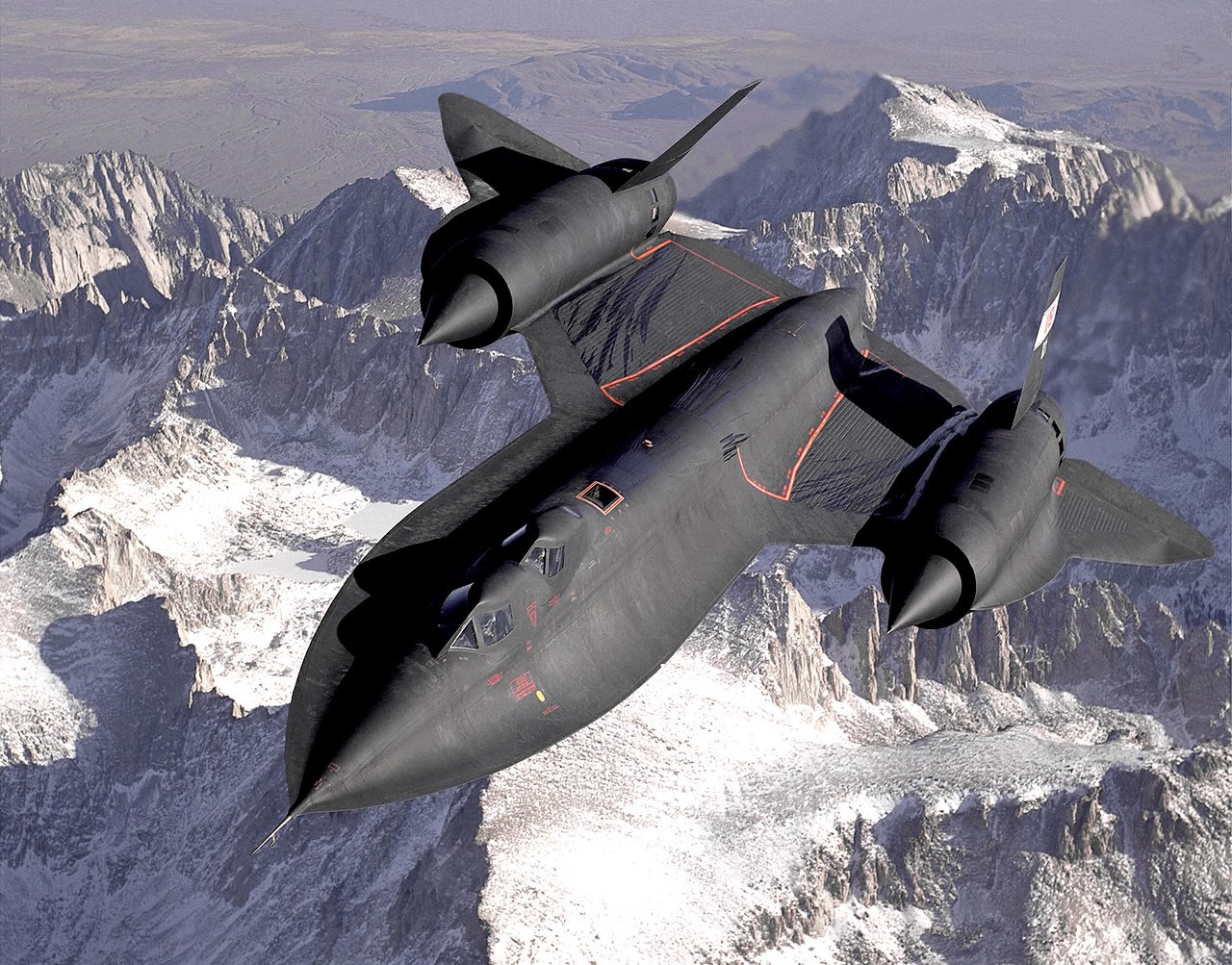Skunk Works book review
I was then only a thirty-two-year-old fledgling, still on probation to prove my worth as a propulsion and thermodynamics engineer among many of my senior colleagues. But I was cocky enough to shrug off Kelly’s challenge and think, a Mach 3 airplane! Why in hell not? Kelly surrounded himself only with the kind of can-do guys that made American aerospace technology preeminent. To him, the word “impossible” was a gross insult.
There’s something timeless about the stories behind small, elite teams that go on grand journeys and take on giant challenges. A striking idea, isn’t it? An initially unassuming band against a backdrop of massive forces, and somehow coming out on top. If you liked that mental image, and if you like engineering stories, you’re probably going to like Skunk Works by Ben Rich and Leo Janos.
A bit of background: “Skunk Works” is the official pseudonym for Lockheed Martin’s Advanced Development Programs– maybe a forgettable official name, but its engineering feats were anything but. The original program started as a top-secret project to design and build jet fighters during the Second World War (and later during the Cold War).
Since then, however, “skunkworks” has become a genericized term (in much the same way “google” and “band-aid” went from brand names to common parlance) for any small, loosely structured group of people working on ambitious R&D projects with little publicity.
And, as you might’ve guessed, the story of the folks who did it first is something special. Open the book to any page, and you’ll find remarkable anecdotes like this one:
During the test phase of the Blackbird [jet fighter], we pumped air pressure into the fuel tanks up to one and a half times greater than the design limits… and if there should be a major failure and the thing blows… it would blow out windows in downtown Burbank, so we filled the fuselage with several million Ping-Pong balls to dampen any explosive impact.
- Keith Beswick, head of flight test operations (bold mine)
Remarkable stories of engineering fill the book from cover to cover, but the crown jewel here is, without question, the aforementioned SR-71 Blackbird. Reading about it on the internet (“hmm, well, I kind of understand what a strategic reconnaissance aircraft is”) is an entirely different experience compared to how the engineers themselves described the astonishing requirements involved:
The [SR-71 Blackbird] airplane was essentially a flying fuel tank carrying 85,000 pounds of fuel…that would heat up during supersonic flight to about 350 degrees… [yet] a lighted match dropped on a spill would not set it ablaze.

A modified Blackbird designed for pilot training– note the second cockpit for the instructor.
If that wasn’t sufficiently mind-boggling, consider this tidbit: the Blackbird can fly so high and so fast that surface-to-air missiles couldn’t shoot it down. The fighter’s evasion strategy consists of cruising at three times the height of Mount Everest, flying at three times the speed of sound, and evading incoming threats by simply hitting the accelerator.
Oh, and as a result of flying under such extreme conditions meant basically having to rethink certain fundamental principles of plane-building, such as “the pieces of the plane should fit together in one piece on the runway.” The Blackbird doesn’t quite do that. Instead, it relies on the fact that flying at Mach 3 generates so much heat from air resistance that thermal expansion makes the parts fit together properly. As it turns out, you can just glue your plane together in midair if you’re ok with a leaky gas tank on the ground.
Hey, if it works…
And yet beyond the technology alone, Skunk Works at its core is also a story about the people who made it happen. Not every personal anecdote is lighthearted, instructive, or even a story of a hard-fought success. Sometimes there are struggles with no clear outcome. Sometimes there’s tragedy. Sometimes you get a very real reminder that behind the larger-than-life accomplishments are people who at once seem to be more magician than engineer and still, at their core, are very human, just like us. That’s what makes it all the more magical.
I’ll leave you with one last quote by former US Air Force pilot Lt. Col. Ed Yeilding:
I made three low passes over the… famous Skunk Works operation at Burbank, and Ben had trotted out every single worker to cheer and experience the thrill of this incredible machine they had built sweeping in low over their heads.
On the last pass I performed a short, steep afterburner climb and rocked my wings in a salute. I heard later that men had cried.